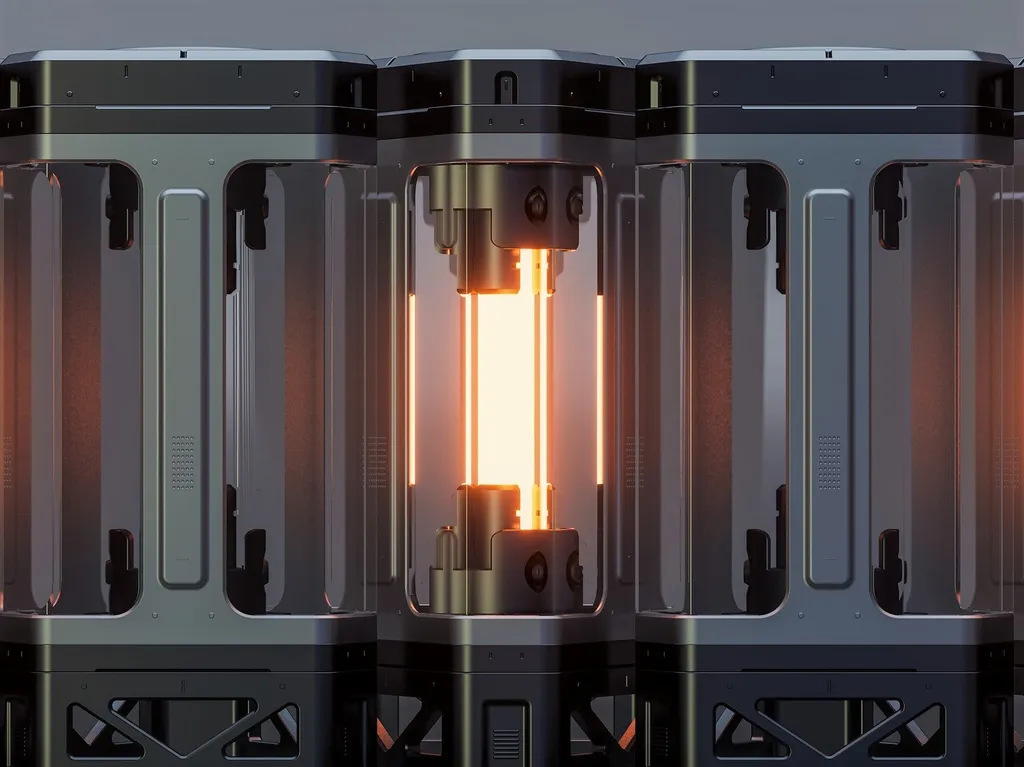In the realm of energy storage, a team of researchers from the University of Oxford, including S. K. Singh, Ahmed A. Zahia, Jia-Xin Peng, and M. Y. Abd-Rabboud, has delved into the theoretical exploration of a novel quantum battery architecture. Their work, published in the journal Physical Review Letters, presents a promising avenue for enhancing energy storage efficiency through quantum mechanical principles.
The researchers propose a quantum battery system that harnesses the interactions between two identical two-level atoms, a microwave cavity, a magnon mode hosted in a YIG sphere, and a phonon mode resulting from the deformation of the YIG sphere. This intricate setup is designed to facilitate coherent energy exchange, a process that is pivotal for the charging of the quantum battery.
At the heart of this system lies the cavity-magnomechanical framework. The atoms couple with the cavity, which in turn interacts with the magnon mode through a beam-splitter mechanism. By employing a Lindblad master equation to model dissipation, the researchers have meticulously analyzed the complete dynamical evolution of the battery. Their findings underscore the importance of strong, resonant light-matter interactions in boosting key performance metrics such as charging efficiency, stored energy, and ergotropy, which refers to the extractable work from the system.
The study also delves into the detrimental effects of detuning and decoherence, shedding light on the complex interplay between the system’s coupling strengths. The researchers discovered that optimal performance is achieved when constructive interference is maximized, while excessive coupling in specific channels can actually degrade the system’s efficiency. This nuanced understanding provides a quantitative framework for engineering high-efficiency quantum batteries in hybrid magnonic platforms.
For the energy industry, the implications of this research are profound. Quantum batteries, with their potential for high efficiency and energy density, could revolutionize energy storage solutions. The theoretical framework developed by Singh and his colleagues offers a design roadmap for future experimental realizations, paving the way for practical applications in various energy storage scenarios. As the field of quantum technologies continues to evolve, such innovations could play a crucial role in addressing the global energy challenge.
Source: Physical Review Letters
This article is based on research available at arXiv.

